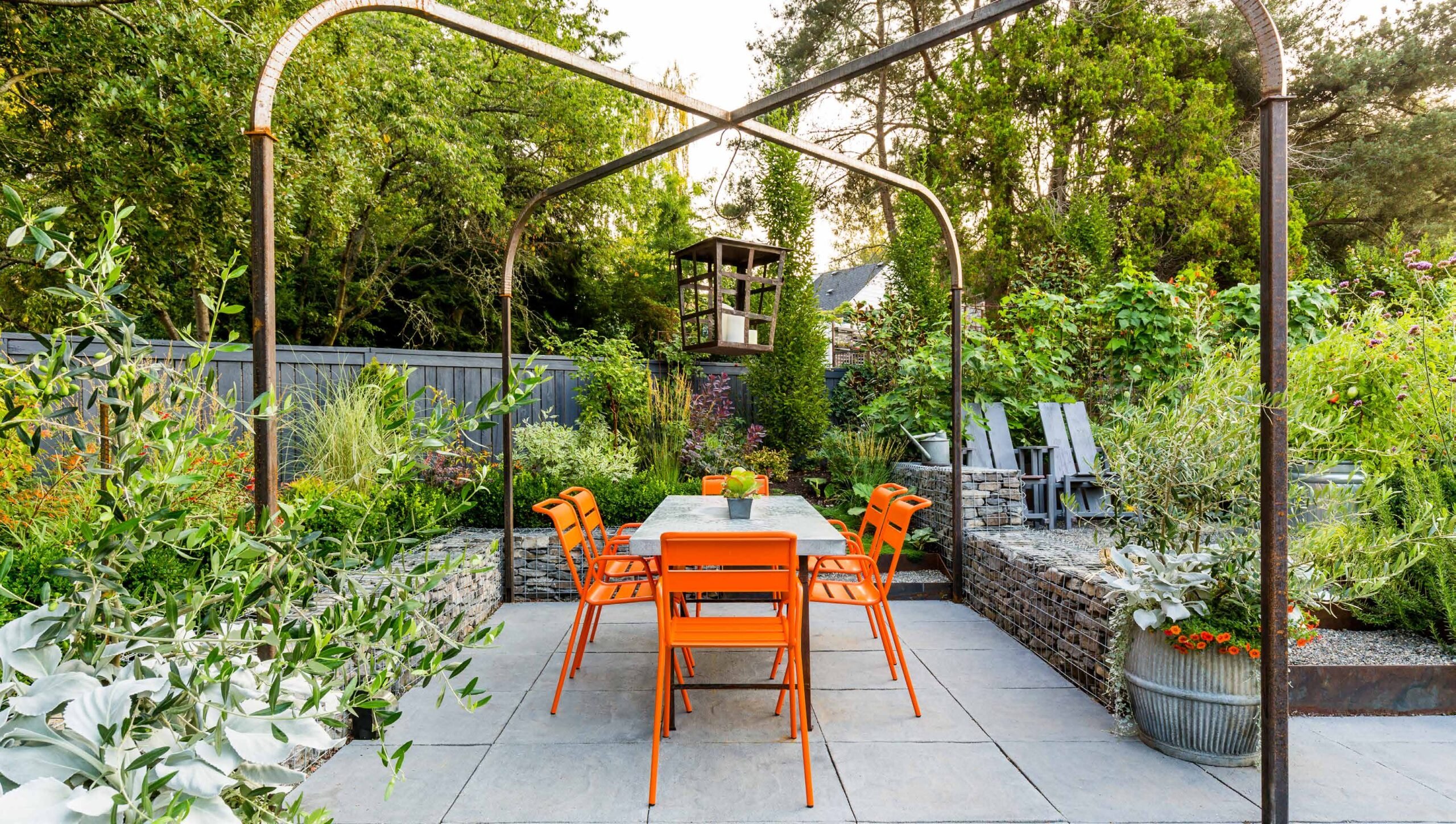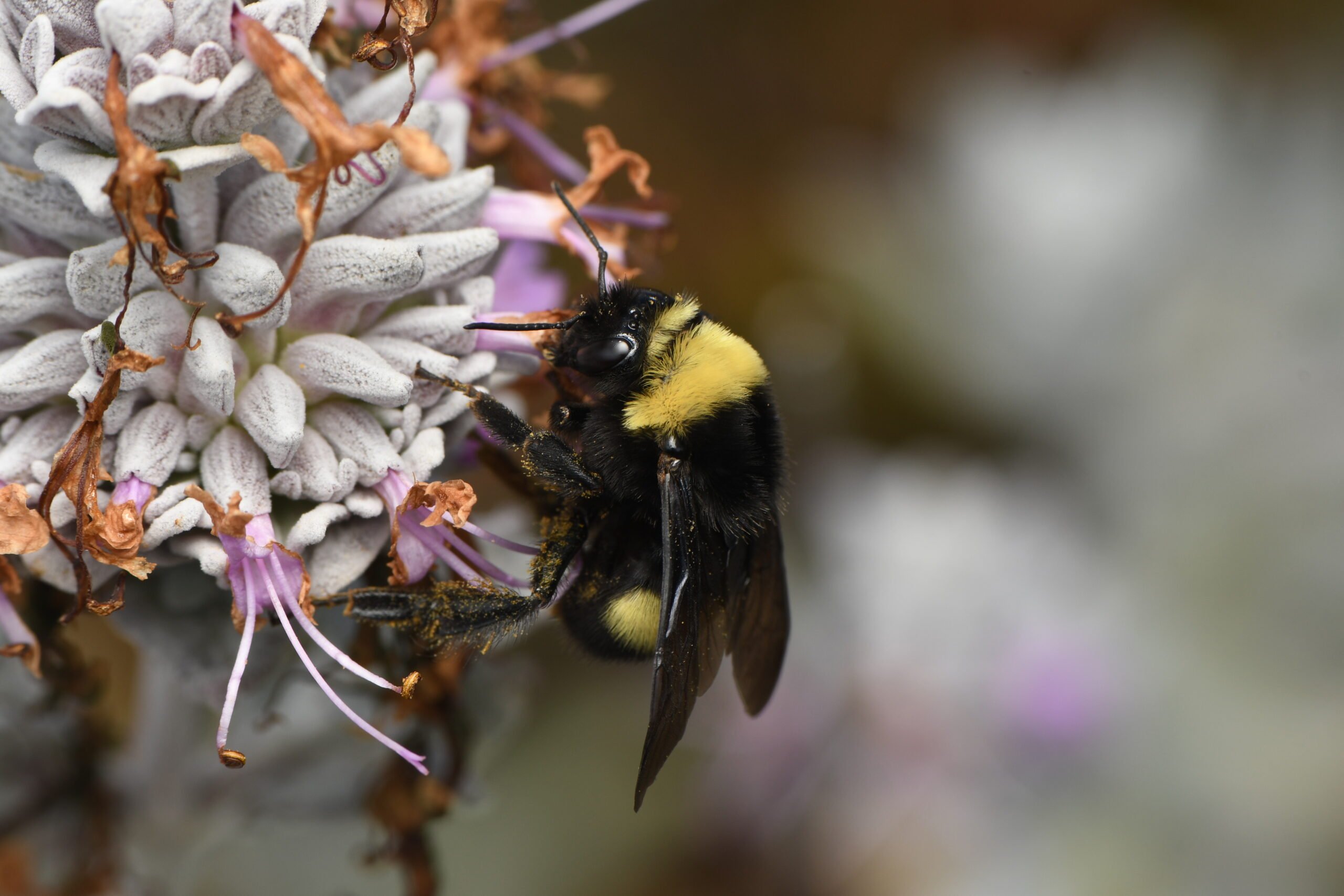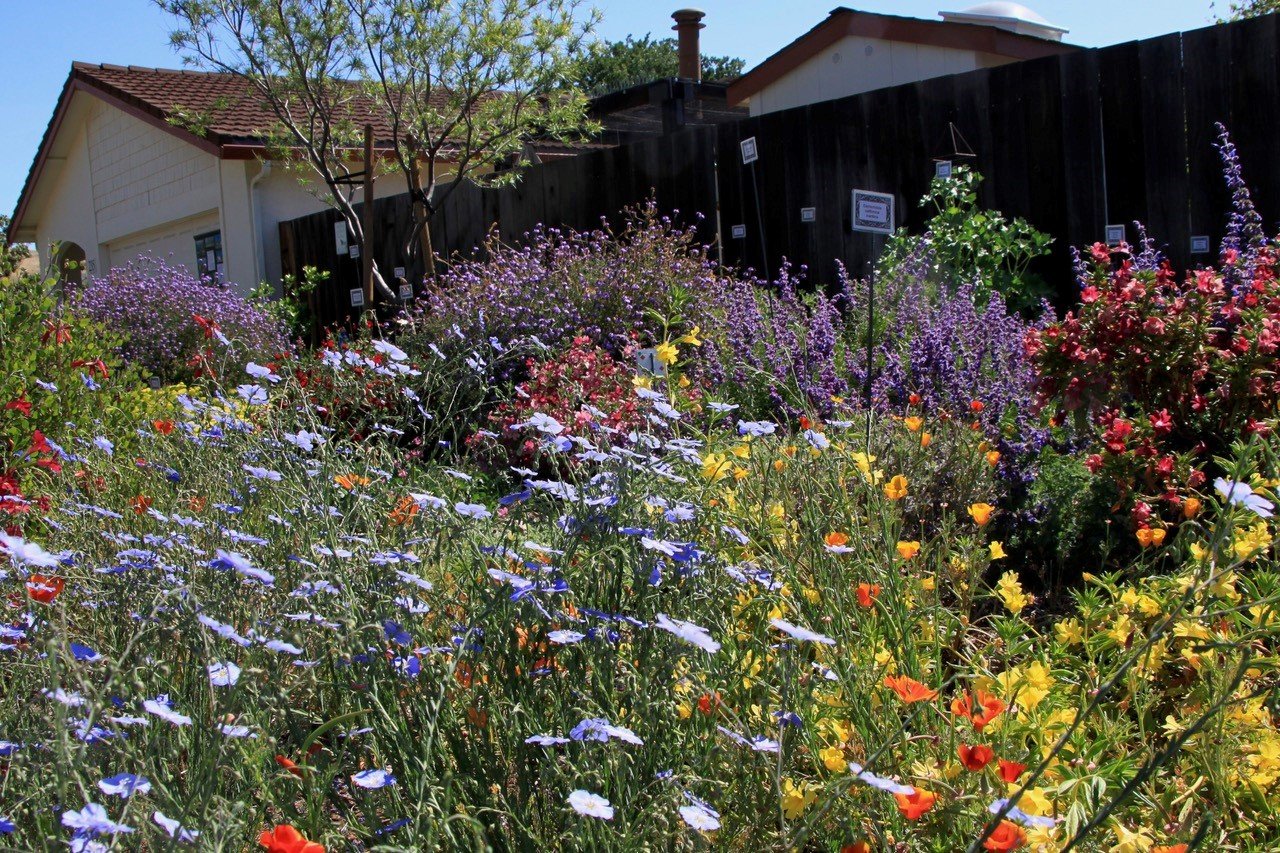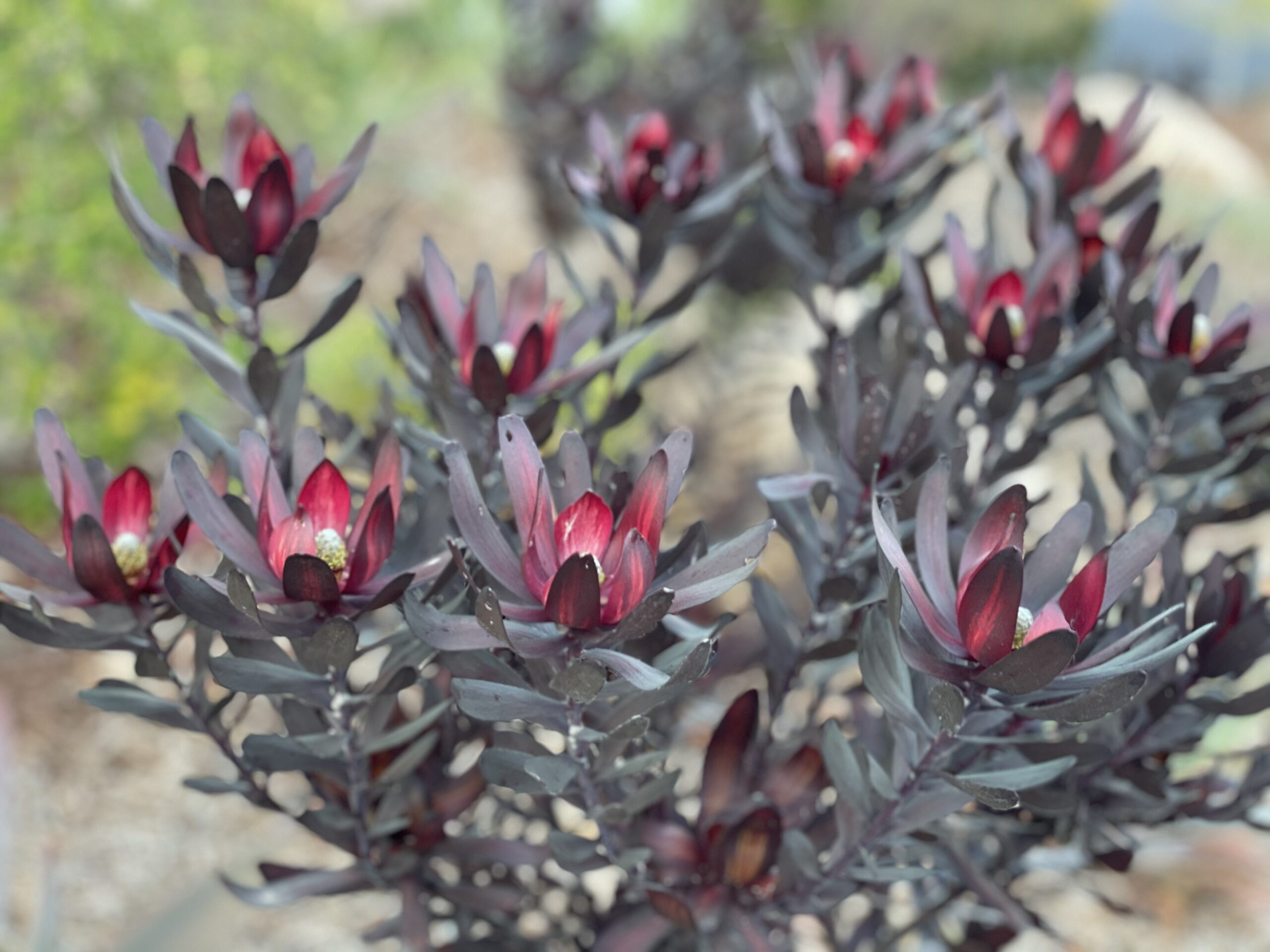

Contributor
Summer 2021
Read Part 1 Here
Watch our Landscapes of Change video about The Potrero Hill Eco-Patch here.
Preliminary successes and recommendations:
Weed management
Sheet mulching proved to be a highly effective herbicide-free tool for weed management. We would recommend it for anyone wishing to convert a lawn or weedy area to planting. Sheet mulching is a process where you layer compost, cardboard, and wood mulch over the existing ground months in advance of planting. The materials decompose over time, adding organic matter to the soil, and then plants can be planted directly through the mulch into the amended soil. The proportions we used for the Eco-Patch were a half-inch compost layer directly on to the ground, a layer of cardboard with any staples or tape removed, another half-inch of compost, then three inches of wood mulch on top. These quantities were successful for the shrub planting, but the thick layer of wood mulch made planting grass plugs difficult. For grass plugs we recommend using either a thinner layer of wood mulch, removing the mulch before planting, or waiting longer before planting to enable the wood mulch to decompose further.
[caption id="attachme...
READ THE WHOLE STORY
Join now to access new headline articles, archives back to 1977, and so much more.
Enjoy this article for FREE:
Articles: Calochortophilia: A Californian’s Love Affair with a Genus by Katherine Renz
If you are already a member, please log in using the form below.
Share:
Social Media
Garden Futurist Podcast
Most Popular
Videos
Topics
Related Posts

Design Futurist Award Announced: Committee Shares Vision
March 8, 2023 At Pacific Horticulture, we believe that beauty can be defined not only by gorgeous plants and design, but also by how gardens

Native Bees and Your Garden
Winter/Spring 2023 The native bees in and around our gardens face ever-increasing environmental pressures as they carry out their pollination duties. More than a quarter

Voices of the West; New Science on Life in the Garden
Did you know that oaks can harbor over 800 species of insects? That includes only those feeding directly on oak, where they feed on every

Expand Your Palette: Waterwise Plants for your Landscape
There’s nothing more thrilling to plant lovers than discovering new plants to test in the garden. Here in the southernmost corner of California, we have











